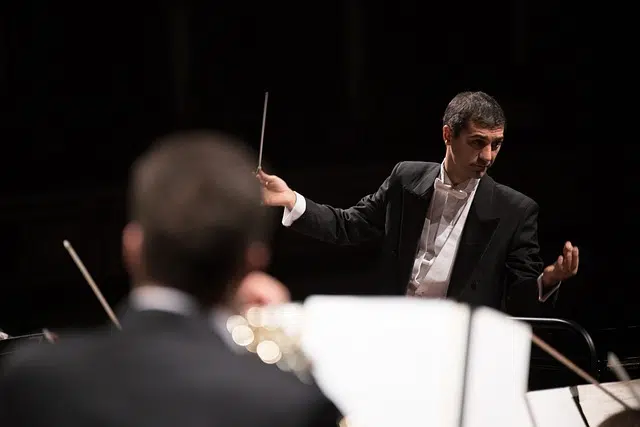
The idea of direction can refer to the direction or location of a place.
Direction is the action and effect of directing (taking something to a term or place, guiding, directing operations to an end, governing, giving rules, advising or guiding). The concept has its origin in the Latin word directio .
The path or course that a body follows in its motion and the line along which a point moves are known as direction. For example: "The individual left the house and walked in that direction before getting lost among the pedestrians" , "If you want to get to the beach, you will have to walk in the opposite direction" , "If I had continued in that direction, I would have precipitated into a vacuum .
The concept as teaching, advice, guidance and location
Another use of the notion of direction refers to the teaching and advice with which a person is directed: "He has great natural talent, but he needs the direction of an experienced man," "Have no doubts: with my direction, your presentation will be a success .
Management is also the activity that consists of directing the actions of a company , an organization or a person towards a certain goal. The director must set goals, make decisions and guide his subordinates: «The company offers high-quality products, but there are significant flaws in its management» , «The management of the company was left in the hands of Dr. Ramón Filkenstein» , «From "Since the Portuguese took charge of the technical direction of the team, victories are much more frequent."
A person's address , the location of a building, and the location of a site on the Internet are other meanings of address: "I would like to say hello to your brother, what is his address?" , "I don't have the office address" , "The NBA site address is www.nba.com" .
orchestra conducting
Conducting is known as the use of certain techniques to guide a group of musicians in the execution of a work , with the aim that the result is faithful to the composer's intentions, as expressed in the score. .

Orchestra conducting consists of guiding the musicians when performing a work.
This discipline began with the direction of singers during the Middle Ages and became more complex with the appearance of instruments created by humans, whose combination with voices brought a series of greater challenges, given the greater polyphonic and polyrhythmic variety. It was then that the idea arose of using a cane to constantly indicate the rhythm to the musicians, and this could be done silently or with small taps.
However, given that the cane was much larger in size than the tool used today, which is called a baton , its use caused various accidents of varying severity, and little by little its design changed to adapt to the needs. of the directors.
It is worth mentioning that throughout the 17th century and until the 18th, it was very common for composers to direct performances of their own works. But this was not always possible; In those cases, the most common thing was to ask one of the musicians to fulfill the role of conductor (generally, the first violin or the person in charge of the basso continuo was chosen).
Techniques for conducting an orchestra
Fundamentally, orchestra conducting relies on three types of techniques:
* gestural : different patterns of movement of the baton to draw the rhythm in the air and give various indications;
* psychological : they hide in the connection that the director establishes with the musicians and the audience, and seek to add the emotional nuances of the works to the interpretation ;
* rehearsal : all the tools that the conductor uses during practice sessions to get the musicians interested in the work and overcome all the technical challenges they encounter along the way.
